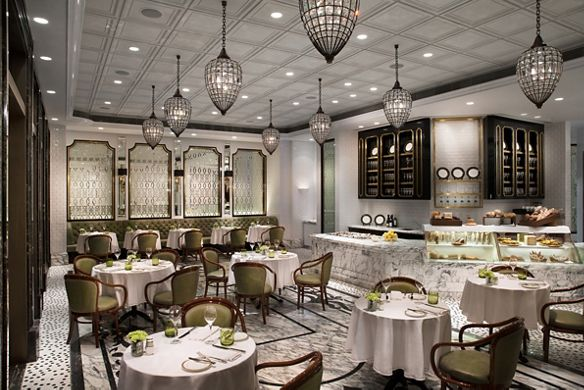Growth is a goal for nearly every restaurant, but expansion often comes with a tricky trade-off: maintaining the quality and consistency of your menu while scaling operations. Whether you’re opening a second location or franchising across the country, what worked in a single kitchen doesn’t always translate seamlessly across multiple sites. This is where restaurant recipe software becomes an essential ingredient in your growth strategy.
The Challenge of Scaling Without Compromising Quality
One of the most common pain points in restaurant expansion is losing control over the customer experience. Dishes that were once handcrafted with precision by a core kitchen team may start to vary in taste, portion size, and presentation. It’s not always due to lack of skill—new staff, different equipment, or even regional ingredient variations can cause inconsistency.
Your menu is your brand, and even slight differences can erode customer trust. Diners expect their favourite dish to taste exactly the same whether they’re in your flagship location or a newer branch miles away. That level of consistency is difficult to achieve manually, which is why technology plays such a critical role.
What Is Restaurant Recipe Software?
Restaurant recipe software is a digital tool that helps operators manage, standardise, and scale their recipes. At its core, it stores detailed recipes with precise ingredient lists, measurements, preparation steps, and even plating instructions. More advanced platforms also integrate nutritional data, allergen warnings, inventory costs, and supplier information.
By centralising all of this, the software ensures every kitchen team has access to the same, up-to-date recipe standards—eliminating guesswork and human error.
Consistency at Every Location
When you’re growing your restaurant footprint, consistency becomes the pillar of success. With recipe software, your head chef doesn’t have to hop between locations training staff on how to make the signature pasta sauce. Instead, standard operating procedures, embedded videos, and exact measurements can be accessed by any team member with permissions.
This is particularly valuable in multi-unit operations or franchise models where quality control becomes more complex. A properly set up software system ensures that every dish meets your original vision—whether it’s being made by your founding chef or a newly hired line cook.
Faster Onboarding and Training
Hiring and retaining skilled staff continues to be a challenge in the restaurant industry. New kitchen employees often need to get up to speed quickly. Restaurant recipe software makes onboarding more efficient by giving new hires an interactive, visual, and easy-to-understand guide to every dish.
Some platforms even allow for training modules and real-time feedback, helping reduce costly mistakes and easing the transition during peak growth periods.
Better Inventory and Cost Control
Scaling often introduces complexity in supply chain and purchasing. Recipe software can link recipes with inventory data to show you exactly how much of each ingredient is needed based on your forecasted sales.
This not only improves food cost control but also prevents overordering or stockouts. Some systems go a step further by tracking ingredient price changes and suggesting substitutions or adjustments before profitability is affected.
Data-Driven Decision Making
Finally, recipe software offers actionable insights that can inform business strategy. Want to know which menu items have the highest profit margin or which dishes consistently underperform? The software can pull reports that show this at a glance, helping you refine your offerings and make informed decisions as you scale.
By unifying data across all locations, operators gain a bird’s-eye view of their entire operation—something that’s nearly impossible to achieve with paper-based systems.
Scaling your restaurant doesn’t have to come at the expense of your brand’s identity or food quality. With the right restaurant recipe software, you gain the consistency, efficiency, and control needed to deliver a top-tier dining experience—no matter how many locations you open.














